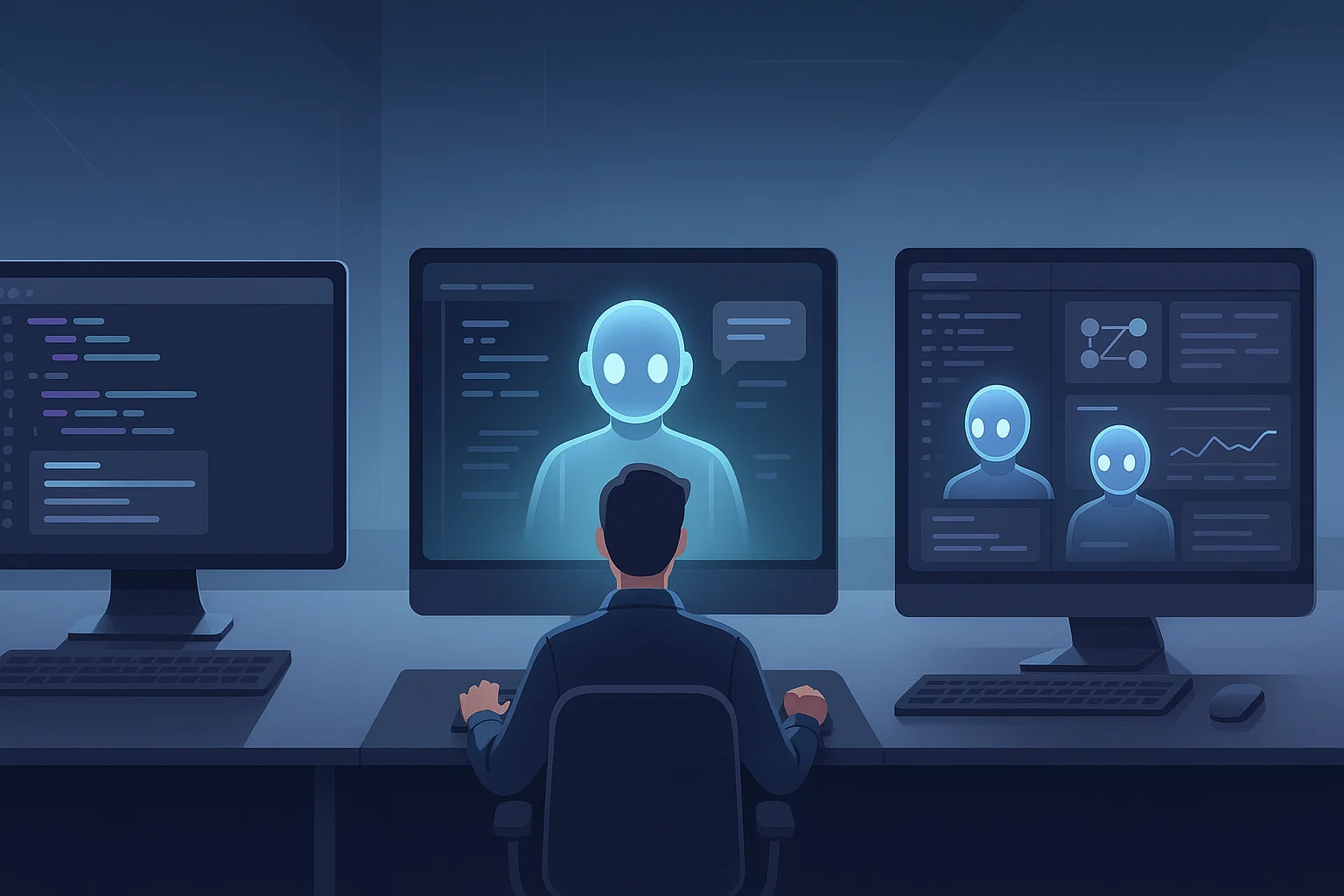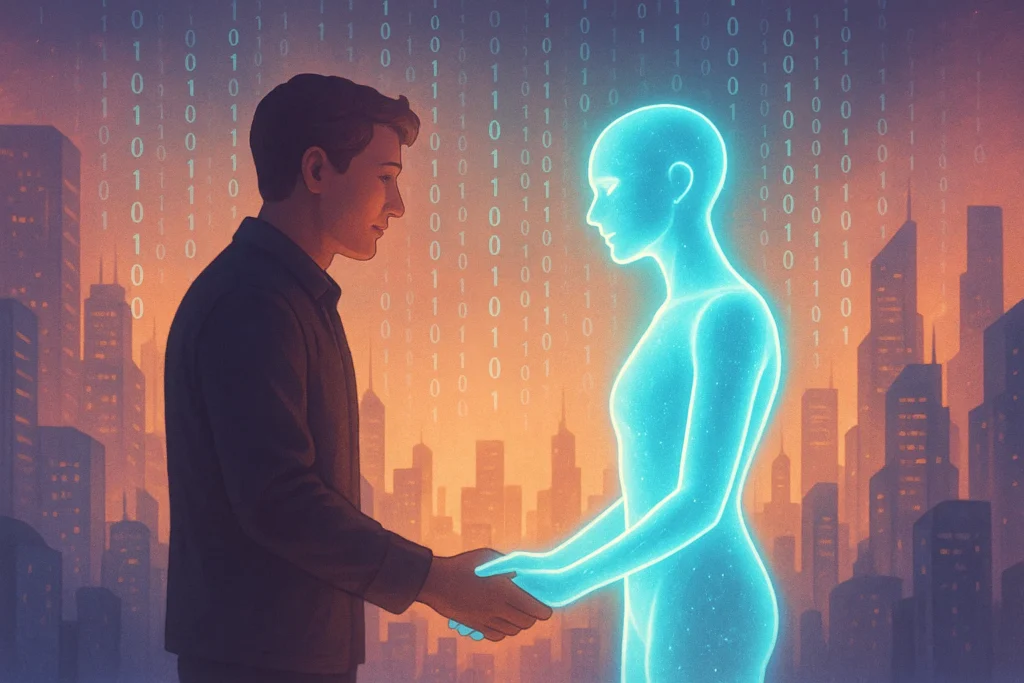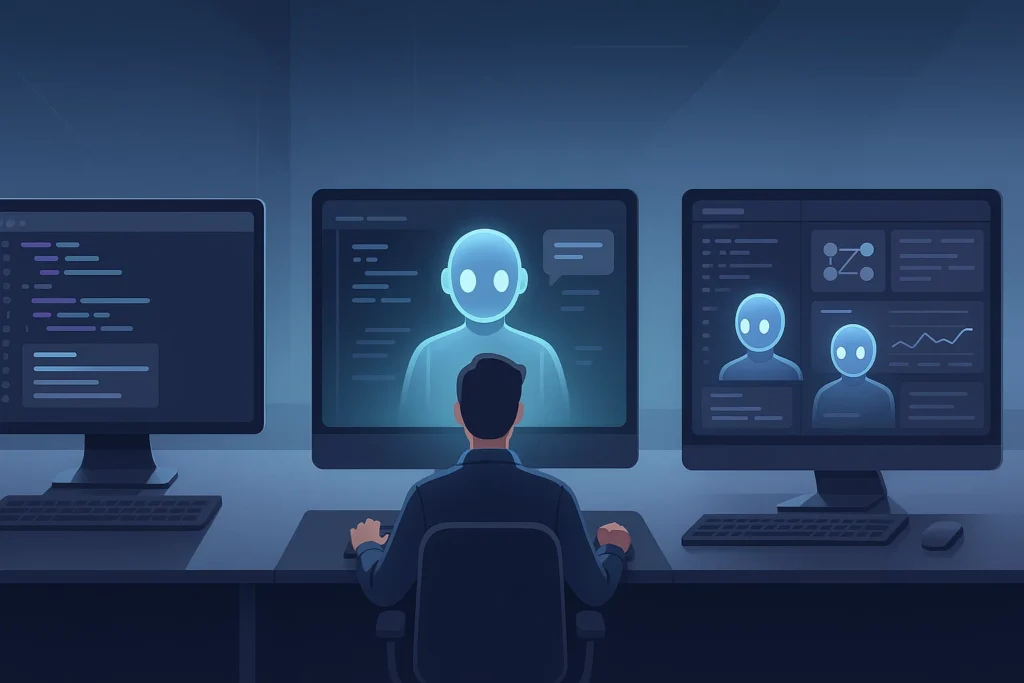The world of AI coding tools is evolving rapidly. To outsiders, it may look like one giant cloud of autocomplete suggestions, but beneath the surface lies a fast-moving, deeply nuanced transformation. As we move through 2025, understanding these generational shifts is crucial for developers and tech leaders alike.
First Generation: AI Code Completion Takes Off
The journey began with AI-powered code completion—an enhanced form of autocomplete. Early players like Kite paved the way, but GitHub Copilot, powered by Microsoft’s reach, popularized the movement. These tools made writing code faster and more accessible. In fact, by 2024, over 62% of developers reported using AI coding tools.
However, the hype often outpaced reality. While GitHub and others claimed significant productivity gains—some quoting 20% or more—the actual results varied. Critics warned of AI producing messy code, while supporters highlighted convenience. The truth was in the middle: helpful, but not revolutionary.
According to Google, AI was generating over a quarter of its new code by 2024. Still, the DORA 2024 report showed no major improvement in speed or reliability. The first generation excelled in volume but fell short in quality—solving surface problems without deep integration.
Second Generation: From Code Helpers to True Agents
A shift began in early 2024. New tools like Cursor and Zencoder arrived—not just as improved code completers, but as intelligent in-IDE agents.
These agents were built on next-gen models capable of reasoning, navigating projects, and handling long development sessions. While the interface remained familiar, the tools underneath became smarter and more capable. This generation marked the rise of “invisible transformation”—same look, vastly different experience.
Second-generation AI tools could locate bugs in massive repositories, refactor unfamiliar codebases, or even help create a prototype from scratch. Developers began investing heavily in these tools, with usage jumping dramatically. Token consumption soared as AI took on more complex workloads.
This generation brought real change in how developers interacted with their code. Tasks that once took hours were now reduced to minutes, and developers began to rely on AI not just for suggestions—but for active participation.
Third Generation: Full SDLC-Integrated Engineering Agents
By mid-2025, the third generation of AI coding tools had begun to reshape software engineering itself. No longer confined to the IDE, these agents became deeply integrated across the entire Software Development Lifecycle (SDLC).
Some major milestones include:
-
May 9 – Zencoder introduced Zen Agents, focusing on end-to-end development support.
-
May 16 – OpenAI launched Codex, bringing ChatGPT into GitHub workflows.
-
May 19 – GitHub Copilot revealed DevOps-focused AI agents.
-
May 20 – Google introduced its Jules agent, built for asynchronous support.
-
May 22 – Anthropic unveiled (Claude 4), enhancing automation in the command-line.
-
June 10 – Zentester emerged to automate testing in the AI-driven SDLC.
These third-gen tools don’t just assist with writing code—they can prioritize tickets, design features, run tests, and even respond to CI/CD alerts. Their integration into version control, QA, and deployment pipelines marks a historic shift.
We’re seeing the rise of autonomous software agents—intelligent systems capable of managing workflows, improving code quality, and working collaboratively across teams.
Why Tool Integration Wins Over Replacement
For decades, millions of developers have crafted tools and workflows to optimize software engineering. Replacing that legacy with AI was never realistic. Instead, success came from enhancing these systems.
First-gen tools improved individual output. Second-gen tools integrated context and project awareness. Now, third-gen tools work across departments, helping engineers manage testing, deployment, and security—all through familiar dev ops processes.
Rather than reinventing the wheel, these tools are learning to drive it more efficiently.
Still Early Days – But Evolving Fast
Even as third-generation AI agents gain attention, they remain early in their evolution. Today’s tools may feel rough, but progress is accelerating. Over the next six months, experts recommend revisiting your AI tools every two months—that’s how fast this space is changing.
What once took years—shifts in tool design, team workflows, and productivity strategies—now happens in months.
Third-generation agents are starting to navigate websites for testing, manage security scans, and even orchestrate multi-agent collaboration. What comes next is not just about efficiency, but about reimagining software development from the ground up.
What Should Developers Expect Next?
As 2025 progresses, the best developers and companies will adopt both in-IDE agents and SDLC-integrated AI systems. These tools will automate routine tasks, help teams build better software faster, and drive a new generation of intelligent development practices.
We’re heading toward an era where coding is less about typing and more about strategic thinking. AI will handle the execution, freeing developers to focus on architecture, innovation, and solving real-world problems.
To stay ahead, developers should:
-
Update their toolkits regularly.
-
Experiment with new AI-powered workflows.
-
Embrace agentic systems that enhance collaboration and testing.
-
Shift mindsets from productivity gains to process transformation.
Final Thoughts: The Rise of Software Engineering Agents
The age of AI in software development is no longer speculative—it’s here and evolving at unprecedented speed. We’ve gone from helpful autocomplete to full-lifecycle automation in just a few years.
By the end of 2025, AI software agents will be common across startups and enterprises. Developers who adapt now will find themselves empowered by tools that extend their abilities and accelerate innovation.
This is not just a new generation of tools—it’s a new way of building software.
Other blog <How ChatGPT Works: Behind the AI That Understands and Responds>





